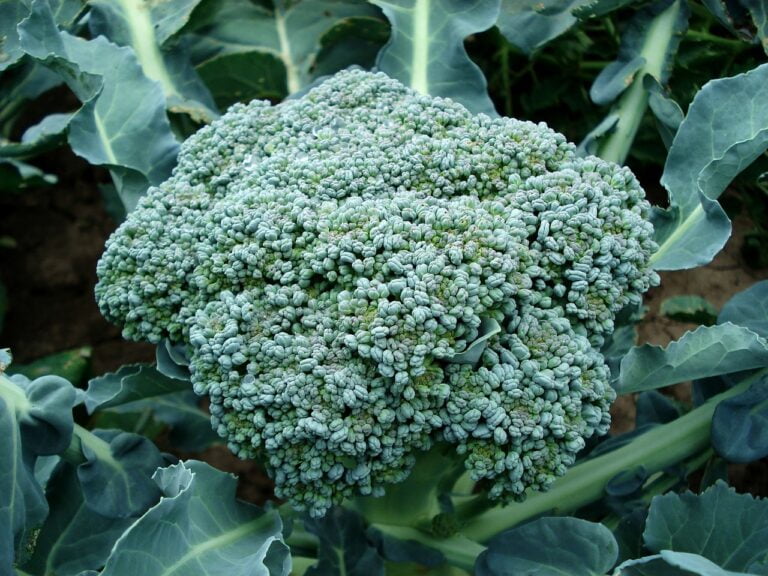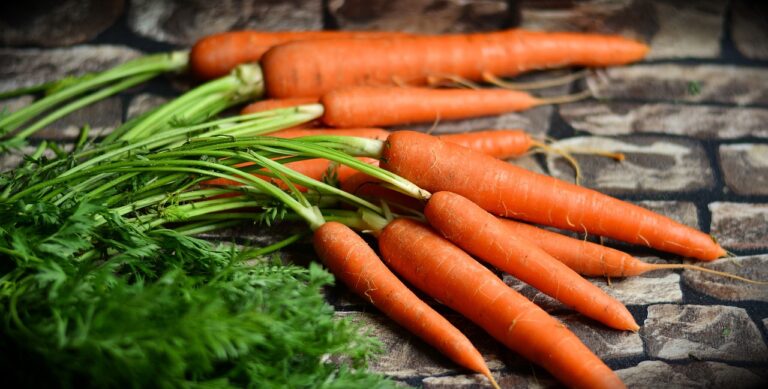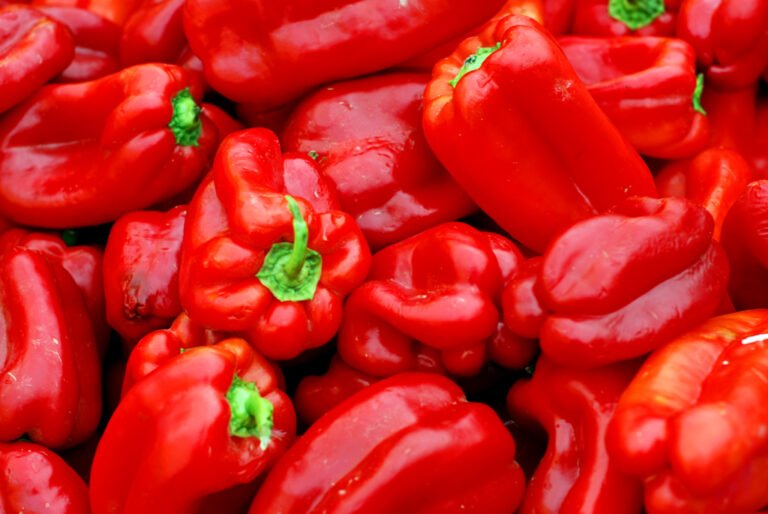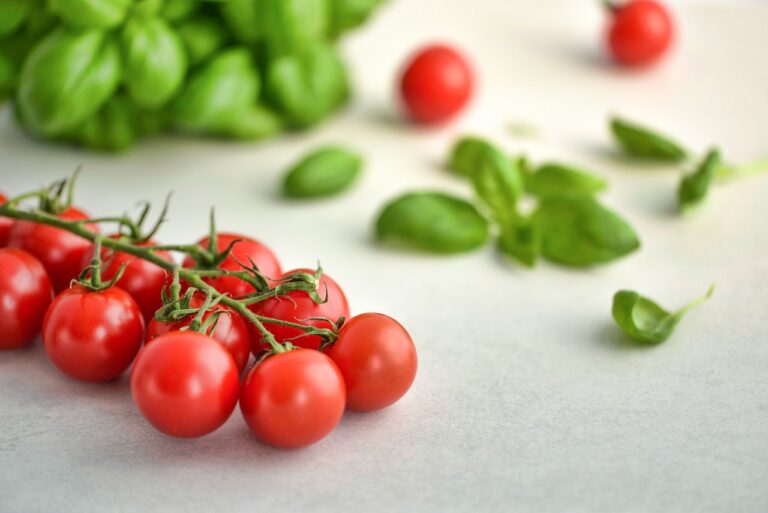Understanding the Growing Stages of a Pumpkin
Are you eager to learn about the fascinating journey of a pumpkin from seed to harvest? Well, get ready to embark on an exciting adventure of understanding the growing stages of a pumpkin. From selecting the perfect seeds to preserving and using the fruits of your labor, this article will equip you with the knowledge and skills needed to successfully nurture your own pumpkin patch. So, put on your gardening gloves and let's dive into the world of pumpkins!
Seed Selection
When selecting the seeds for your pumpkin, it is important to consider their quality and suitability for your growing conditions. As an experienced pumpkin grower, you understand the significance of starting with high-quality seeds. Look for seeds that are plump, firm, and free from any signs of damage or disease. These healthy seeds are more likely to germinate successfully and produce robust plants. Additionally, consider the specific growing conditions in your area. Some pumpkin varieties thrive in cooler climates, while others prefer warmer temperatures. Take into account the amount of sunlight, soil type, and available space in your garden. By choosing seeds that are well-suited to your specific conditions, you are setting yourself up for a successful pumpkin-growing season. Remember, serving others begins with providing them with the best possible pumpkin experience.
Germination Process
To begin the germination process of your pumpkin seeds, ensure you have a proper growing environment and follow these steps. First, choose a well-draining soil that is rich in organic matter. This will provide the necessary nutrients for your pumpkin seeds to thrive. Next, sow the seeds about 1-2 inches deep in the soil, making sure to space them at least 2-3 feet apart to allow for proper growth. Keep the soil consistently moist, but not waterlogged, as excessive moisture can lead to rotting. Place your pumpkin seeds in a warm location, ideally with temperatures between 70-85°F. Within 7-10 days, you will begin to see the first signs of germination, with small sprouts emerging from the soil. Be patient and provide them with the care they need, and soon you will have healthy pumpkin seedlings ready for transplantation.
Seedling Growth
As a pumpkin seedling grows, it develops into a young plant with distinct leaves and stems. At this stage, the seedling is fragile and requires careful attention. It is essential to provide the seedling with proper sunlight, water, and nutrients. Ensure that it receives at least six hours of direct sunlight daily to promote healthy growth. Water the seedling regularly, keeping the soil moist but not overly saturated. Be mindful of overwatering, as this can lead to root rot. Fertilize the seedling with a balanced, slow-release fertilizer to provide it with essential nutrients. Regularly monitor the seedling for any signs of pests or diseases, and take prompt action if needed. By nurturing the seedling, you are setting the stage for a strong and vibrant pumpkin plant.
Establishing Vines
Once the seedling has developed into a young plant with distinct leaves and stems, you can begin establishing the vines. This is an exciting stage in the growth of your pumpkin, as the vines play a crucial role in the plant's development and eventual fruit production. To establish the vines, gently guide them along a trellis or other support structure, ensuring they have room to spread out. Regularly check for any signs of damage or pests, as these can hinder vine growth. As the vines grow, you may need to prune them to maintain their health and encourage the development of fruit-bearing branches. It is important to provide adequate water and nutrients to support the growth of strong and robust vines, ensuring a bountiful pumpkin harvest.
Flowering Stage
During the flowering stage, you will frequently notice vibrant blooms appearing on your pumpkin plant. These blooms are a sign that your plant is healthy and progressing well. The flowers will predominantly be yellow, but occasionally you may see some orange or white ones as well. Bees and other pollinators play a crucial role during this stage, as they transfer pollen from the male flowers to the female flowers, enabling the process of fertilization. It is important to ensure that your pumpkin plant receives adequate sunlight and water during this time to support the growth of healthy flowers. Additionally, be mindful of any pests or diseases that may affect the flowers and take appropriate measures to protect your plant. By nurturing your pumpkin plant through the flowering stage, you are setting the foundation for a bountiful harvest.
Fruit Development
To ensure successful fruit development, you must monitor and support the growth of your pumpkin plant. As an experienced gardener, you know that the fruit development stage is crucial for the final outcome of your pumpkin. At this stage, the small green fruit will start to grow rapidly, gaining size and weight. It is important to provide adequate water and nutrients to support this growth. Regularly check the soil moisture and make sure the plant receives enough sunlight. Additionally, remove any weeds that may compete for resources. As the fruit develops, you may notice it changing color from green to the characteristic orange of a ripe pumpkin. Keep a watchful eye on any pests or diseases that may threaten the fruit. By taking these measures, you will ensure the successful development of your pumpkin fruit.
Monitoring and Maintenance
To ensure the successful development of your pumpkin fruit, it is important for you to monitor and maintain its growth. As an experienced and knowledgeable gardener, you understand the importance of keeping a close eye on your pumpkin plant throughout its growth stages. Regular monitoring allows you to identify any potential issues early on and take necessary actions to address them promptly. This includes checking for pests, diseases, or nutrient deficiencies that may hinder the plant's growth. Additionally, maintaining the health of your pumpkin plant involves providing it with proper care and attention. This includes watering it regularly, ensuring it receives adequate sunlight, and protecting it from extreme weather conditions. By diligently monitoring and maintaining your pumpkin plant, you can ensure its healthy development and increase your chances of a bountiful harvest.
Pest and Disease Control
As you continue to monitor and maintain the growth of your pumpkin plant, it is crucial to implement effective pest and disease control measures. These measures are essential to ensure the health and vitality of your plant, ultimately leading to a bountiful harvest. In order to protect your pumpkin plant from pests, it is advisable to regularly inspect the leaves, stems, and fruits for any signs of infestation. If you notice any pests, such as aphids or beetles, it is important to promptly take action. There are various organic pesticides available that can effectively control pests without harming the plant or the environment. Additionally, practicing good sanitation by removing any fallen leaves or decaying fruits can help prevent the spread of diseases. By being proactive and implementing these pest and disease control measures, you can optimize the growth and yield of your pumpkin plant.
Harvesting Time
Once you have taken the necessary steps to control pests and diseases on your pumpkin plant, it is time to shift your focus to the next important stage: harvesting time. Harvesting your pumpkins at the right time is crucial to ensure their quality and flavor. To determine when your pumpkins are ready for harvest, look for signs such as a fully developed color, a hard rind, and a sturdy stem. Gently tap on the pumpkin, and if it sounds hollow, it's a good indication that it is ready to be picked. Use a sharp knife or shears to cut the stem, leaving a few inches attached to the pumpkin. Handle the pumpkins with care to avoid any bruises or damage. Once harvested, store them in a cool, dry place to prolong their shelf life and enjoy them throughout the season. Happy harvesting!
Preserving and Using Pumpkins
Preserve and use pumpkins by following these simple steps. Once you've harvested your beautiful pumpkins, it's important to store them properly to ensure their longevity. Start by cleaning the pumpkins with a mild detergent and water, removing any dirt or debris. Next, dry them thoroughly to prevent rotting. Store them in a cool, dry place, such as a cellar or garage, with good ventilation. Avoid stacking them to prevent bruising. If you want to preserve your pumpkins for longer periods, you can also consider freezing them. Simply peel and remove the seeds, cut them into chunks, and place them in freezer-safe bags. When you're ready to use them, thaw the pumpkin and you're good to go. So, go ahead and make the most of your pumpkins, whether it's for baking delicious pies or creating beautiful fall decorations.
Conclusion
Congratulations! You now have a comprehensive understanding of the various stages of pumpkin growth. By following the steps outlined in this article, you can successfully cultivate your own pumpkin patch. Remember to choose the right seeds, provide optimal growing conditions, monitor for pests and diseases, and harvest your pumpkins at the right time. With your newfound knowledge, you can confidently enjoy the process of growing, preserving, and using pumpkins for various culinary delights and decorative purposes. Happy pumpkin growing!






